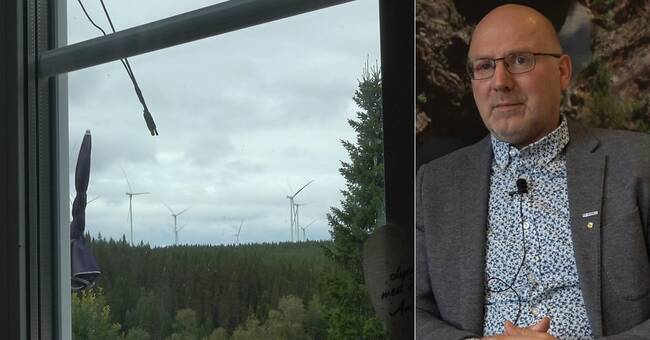It was in the spring that Ragunda went out and announced that they would use the municipal veto and say no to new applications for wind power expansion in the municipality.
There are already several large wind farms in the municipality, for example Björkhöjden with 90 wind turbines, which is one of the larger wind farms in the country.
The Swedish Energy Agency has produced a report on the development of wind power in the country.
Between 2014 and 2020, 1223 wind turbines, both offshore and onshore, were stopped.
due to the municipal veto, according to the report.
That is 52 percent of all applications.
In addition, several municipalities said no to wind power also in 2021, of which Ragunda was one of the municipalities.
Increased electricity needs and increased protests are predicted
At the same time, the authority states that the electricity demand is expected to increase and that an expansion corresponding to 4,000 plants will be needed to reach the nationally set goal by 2040.
Against this background, a researcher predicts that conflicts over wind power will only increase.
The question is where the wind turbines will be built.
Municipal councilor Mikael Westin has his opinion clear and believes that the responsibility for the expansion of wind power needs to be distributed - as he sees it - more fairly - than today.
- I think you should put wind turbines where they fit best and where they are needed, and it is south.
I think offshore wind turbines are cheap, says municipal councilor Mikael Westin (C).
A model with compensation from both wind and hydropower according to the Norwegian model is what he would like to see.
What he thinks more you can hear in the clip above.

